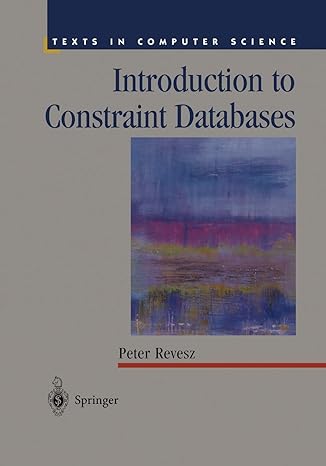Please Help.!! Please show steps in Matlab to compute the problem.!! Thank U.!

The task for 406 students is to develop a computer code that will solve the flow around a flat plate (thin symmetric airfoil) at angle of attack, using a simple panel method, as shown below (all students). MAE 506 students will be tasked with extending this code to solve the flow around thin cambered airfoils, described by the NACA camberline equations. CP1 CP2 CP3 CP4CP5 T. I3 Method: Using N point vortices that can be input as a variable say (10- 15) distributed evenly over the x-axis, sum the contributions to the velocity in the direction of the local surface normal vector to satisfy boundary conditions. The summation should take place at control points on the x axis, in keeping with our thin airfoil theory. Using N control points with N point vortices will result in N simultaneous equations, with N unknown vortex strengths. Careful with the placement of the points; you will divide the x axis into N panels with a vortex located at the center of pressure of the panel (c/4), and a control point placed to meet the Kutta condition for that panel (3c/4). The boundary conditions are met when the sum of the freestream and vortex contributions result in zero flow normal to the airfoil surface. The governing equation for a single control point specified by Thin Airfoil Theory is: dy dr Required Work Write a well commented MatLab program with a variable number of (N) vortices using the following guidelines. Please submit one stand-alone m-file for easy grading. Let the chord, c l; Let U.-1. Program Inputs (don't make these interactive -just hard code them. Eg. N-10:) l) 2) Angle of attack (a) Number of vortices (N) Program Outputs Create a plot which simultaneously shows the vortex locations and control point locations (express locations as function of chord (x/c) 1) The task for 406 students is to develop a computer code that will solve the flow around a flat plate (thin symmetric airfoil) at angle of attack, using a simple panel method, as shown below (all students). MAE 506 students will be tasked with extending this code to solve the flow around thin cambered airfoils, described by the NACA camberline equations. CP1 CP2 CP3 CP4CP5 T. I3 Method: Using N point vortices that can be input as a variable say (10- 15) distributed evenly over the x-axis, sum the contributions to the velocity in the direction of the local surface normal vector to satisfy boundary conditions. The summation should take place at control points on the x axis, in keeping with our thin airfoil theory. Using N control points with N point vortices will result in N simultaneous equations, with N unknown vortex strengths. Careful with the placement of the points; you will divide the x axis into N panels with a vortex located at the center of pressure of the panel (c/4), and a control point placed to meet the Kutta condition for that panel (3c/4). The boundary conditions are met when the sum of the freestream and vortex contributions result in zero flow normal to the airfoil surface. The governing equation for a single control point specified by Thin Airfoil Theory is: dy dr Required Work Write a well commented MatLab program with a variable number of (N) vortices using the following guidelines. Please submit one stand-alone m-file for easy grading. Let the chord, c l; Let U.-1. Program Inputs (don't make these interactive -just hard code them. Eg. N-10:) l) 2) Angle of attack (a) Number of vortices (N) Program Outputs Create a plot which simultaneously shows the vortex locations and control point locations (express locations as function of chord (x/c) 1)









